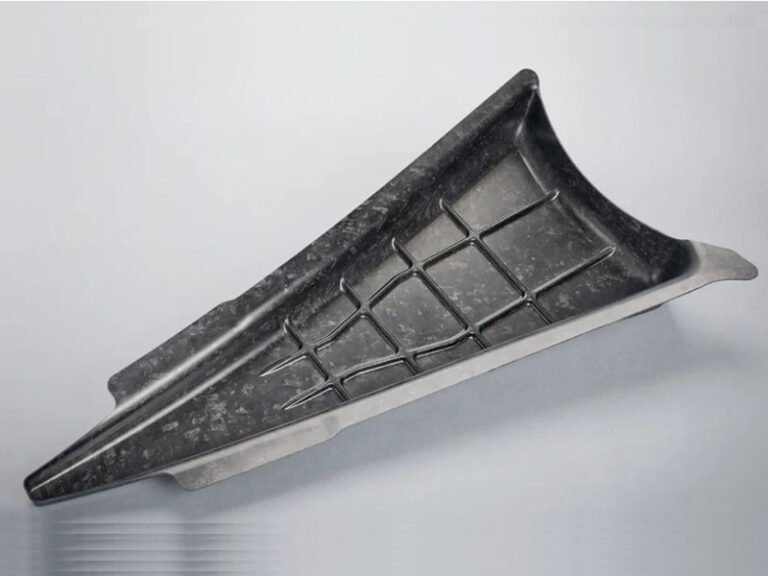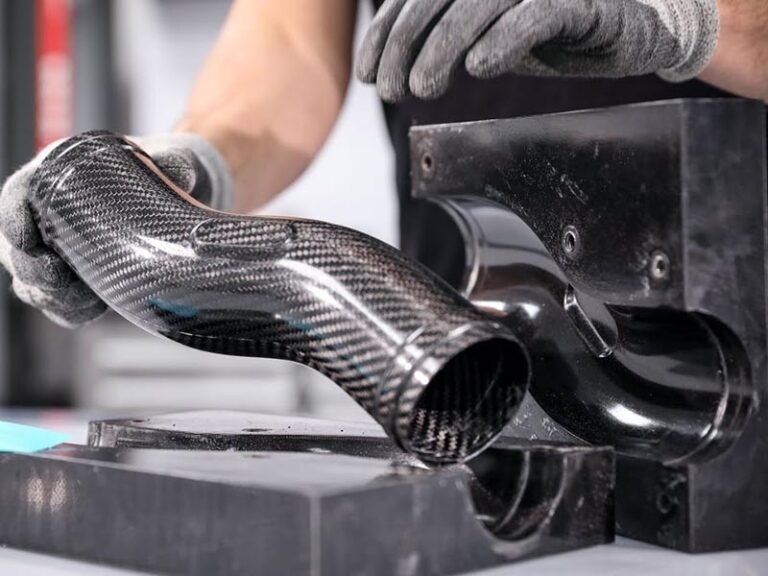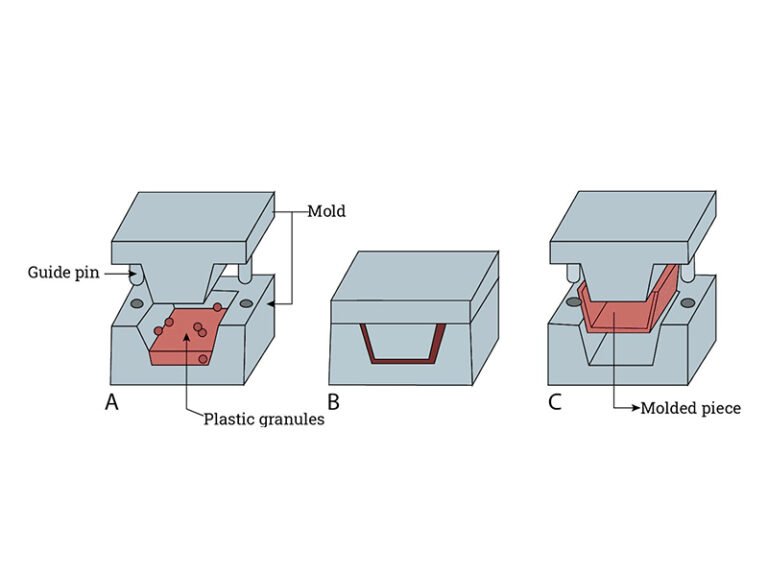PC 3D printing create durable, high-performance parts with unmatched strength and clarity. In this guide, we will deep discover the polycarbonate material properties, the 3D printing tips and process, the applications and challenges.
What is Polycarbonate?
Polycarbonate (PC) is a tough, transparent thermoplastic known for its high impact resistance and dimensional stability. It is lightweight, slightly flexible, and performs well under mechanical stress. Due to its moisture sensitivity, PC should be stored in dry conditions to maintain print quality.
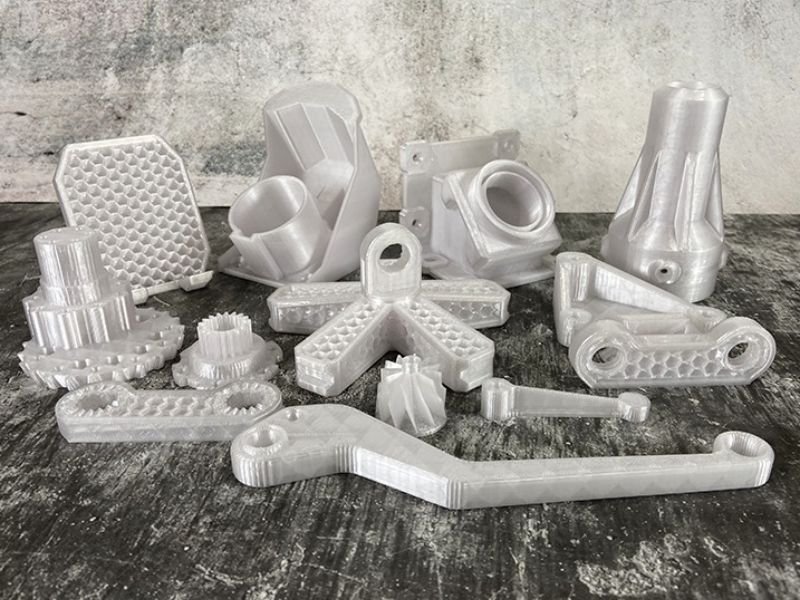
PC 3D Printing Service
Why Use Polycarbonate in 3D Printing?
Polycarbonate (PC) is widely used in 3D printing for its excellent combination of strength, heat resistance, and optical clarity. It offers outstanding impact resistance and moderate flexibility, allowing printed parts to endure mechanical stress without cracking or deforming. With a heat deflection temperature of up to 115°C, PC maintains structural stability in high-temperature environments, making it suitable for functional components used in demanding settings. Its natural transparency also makes it ideal for producing clear or translucent parts that require both visual appeal and practical strength. Compared to many other 3D printing materials, PC performs better in both impact and thermal resistance, making it a reliable option for industrial and engineering-grade applications. However, polycarbonate can be challenging to print. It requires high extrusion temperatures and a heated, enclosed chamber to prevent warping, which also applies to polycarbonate molding in general industrial applications. The material is also moisture-sensitive and must be thoroughly dried before printing to ensure part quality.How to Print with Polycarbonate?
Polycarbonate 3D printing demands specialized equipment and careful settings due to its unique properties. Here’s a streamlined guide to mastering polycarbonate printing:1.Model Design
Use CAD software to design the part with appropriate tolerances. For PC, avoid thin walls and unsupported overhangs, as the material can warp or shrink during cooling.2.Slicing and Orientation
Import the model into slicing software, orient it to minimize warping and stress concentration. PC benefits from a solid infill and controlled print speed. Generate G-code with settings tailored for high-temperature materials.3.Printer Preparation
PC requires high extrusion temperatures (260–300°C) and a heated bed (100–120°C). Use an enclosed or heated chamber to prevent temperature fluctuations. Make sure the filament is thoroughly dried before printing, as PC is highly moisture-sensitive.4.Printing
The printer extrudes the melted PC filament layer by layer. Maintain a stable printing environment to reduce warping or delamination. Adhesion aids like PEI sheets or glue sticks may be used to keep the first layer secure.5.Post-Processing
Once the print is complete and cooled, remove any supports. Depending on application needs, surface treatments like sanding or coating can be applied. Drying and heat treatment may be used to improve dimensional stability or mechanical strength.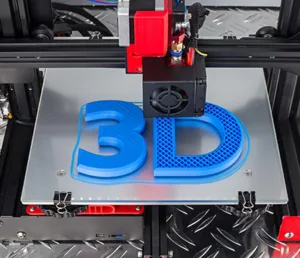
Best Practices for Polycarbonate 3D Printing
To achieve flawless results in polycarbonate 3D printing, adopting best practices is crucial to address challenges like warping, stringing, and poor adhesion. Choose a high-quality filament. Inferior filaments can cause clogs or inconsistent layers. Opt for consistent, premium polycarbonate filament to ensure smooth extrusion and uniform print quality. Store filament in a dry environment. Polycarbonate’s hygroscopic nature means it absorbs moisture, which can lead to bubbling or weakened prints. Keep filament in a sealed container with desiccant. Use a PEI build surface. PEI sheets are providing reliable adhesion at high bed temperatures (90–110°C) without permanent bonding. Optimize first layer settings. To combat polycarbonate’s warping tendency, print the first layer with a height of 100–150%, a width of 120–150%, and a speed of 15–30% of normal. Increase the bed temperature by about 30°C for the first layer to enhance adhesion. Minimize stringing and oozing. High printing temperatures (260–300°C) can cause stringing. Increase retraction distance and speed, and enable features like Coasting in software like Simplify3D to reduce nozzle pressure at segment ends. Boost XY travel speed if your printer allows, minimizing oozing during polycarbonate printing. Adjust settings for infill and bridging. Print solid infill layers at 50% speed to prevent drooping, and use at least four top layers with a minimum 25% infill density for smooth, sturdy surfaces. For bridging, set a 40% speed multiplier, 120% extrusion multiplier, and 25% fan speed to balance cooling and prevent warping in PC 3D printing. Maintain a heated enclosure. An enclosed printer is essential to prevent warping by maintaining a stable temperature, promoting strong layer adhesion. This is critical for consistent, high-quality polycarbonate printing results. Post-process for a polished finish. Sand or polish polycarbonate prints to achieve a smooth, professional look, especially for transparent parts. Carefully remove supports and clean surfaces.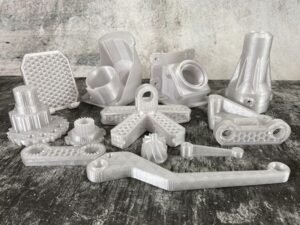
Applications of Polycarbonate 3D Printing
Polycarbonate 3D printed products are suitable across various industries.- Automotive: Headlight lenses, dashboard components, engine brackets
- Aerospace: Mounting brackets, interior panels, structural supports
- Medical: Surgical guides, prosthetics, device housings
- Consumer Goods: Protective phone cases, eyewear frames, transparent enclosures
Looking for a reliable partner for PC 3D printing
Zhongde offers advanced 3D plastic printing services with high precision and fast turnaround, ideal for rapid prototyping and small batch production. No matter your project needs, Zhongde is here to help bring your polycarbonate ideas to life.FAQ with PC 3D Printing
Yes, parts printed with polycarbonate are very strong. They have excellent impact resistance, high tensile strength (around 70 MPa), and good durability.
To reduce warping, use a heated enclosure to maintain a stable temperature, print with a PEI sheet for strong bed adhesion and setting a proper bed temperature and first layer speed.
Yes, it’s safe if print in a well-ventilated area.
Generally no. Cooling fans should be turned off or set to very low speeds during polycarbonate printing.

